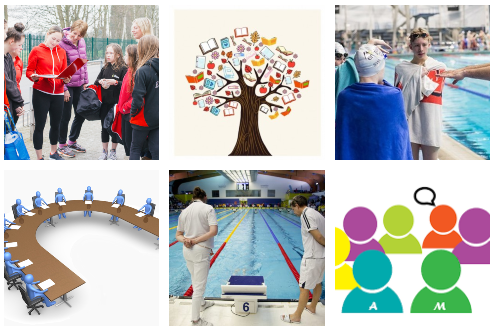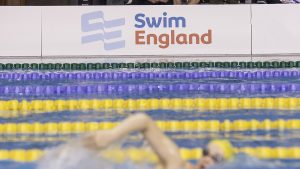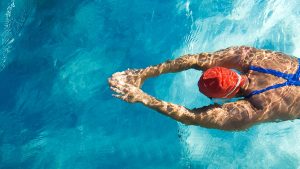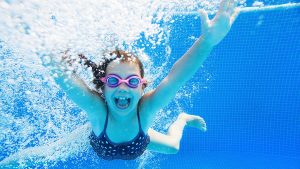 All face-to-face training has been suspended for the foreseeable future due to Covid-19, but in the interim Swim England South West Region is endeavouring to run as many courses remotely as possible. Currently available are the following courses and workshops.
All face-to-face training has been suspended for the foreseeable future due to Covid-19, but in the interim Swim England South West Region is endeavouring to run as many courses remotely as possible. Currently available are the following courses and workshops.
Safeguarding and Protecting Children
SWR has been able to finalise some safeguarding workshops to run online, to be delivered on the following dates:
- 19 September at 11.00am
- 23 September at 6.30pm
- 14 October at 6.30pm
- 17 October at 11.00am
- 17 October at 3.00pm
Coaches and teachers are reminded that it is crucial for you to hold a current Safeguarding and Protecting Children certificate when working with children and young people. If your certificate has lapsed or about to expire, please book onto a course as soon as you can. Click here to visit our website for details on who to contact and how to book a place/places for your club and your workforce. A free safeguarding basic awareness workshop has also been developed for volunteers to attend. This is not a certified workshop, and does not replace the need to attend a safeguarding workshop if needed. Click here to read more about this workshop.
Time to Listen
Time to Listen training is for a club member who is going to become the Club Welfare Officer, and to attend this training you must first have completed an approved safeguarding course. The SWR is running Time to Listen training on the following dates:
- 19 August at 6.00pm
- 12 August at 10.00am
- 7 October at 6.00pm
Click here to visit the SWR website for details on who to contact and how to book a place/places for your club and your workforce.
Team Manager Training
A workshop has been arranged for 8 September at 7.00pm – email Jackie Hilleard at jackiehilleard@gmail.com with your name, Swim England membership number and contact email address to book your place.
Club Matters Workshops – Club Leadership Teams
The SWR is hosting an online Club Matters Workshop on Monday 14 September from 7.00pm until 9.00pm for Club Chairs (or a designated representative) from Swim England South West clubs. By the end of the workshop club delegates will be able to:
- Review their leadership club structure
- Identify the key principles of an excellent leadership team
- Identify methods on how to achieve an excellent leadership team for your club
- Develop an action plan to improve their club leadership.
Places are free but do need to be booked in advance and if you would like to attend, email jackiehilleard@gmail.com with the following information:
- Name ( first and surname )
- The name of your club
- Your home postcode
- The type of device you will be using (ie, laptop, tablet, other)
Places will be allocated on a first-come first-served basis provided all of the required information is included in your booking email. By booking a place on this workshop you are giving Swim England South West permission to pass your details to Sport Structures (the organisation that runs the workshops) for administration purposes.
Para Swimming Workshops
The SWR is also holding a number of Para-Swimming workshops that will be targeted at either parents and athletes or coaches.
- Thursday 6 August 11.00am-12.00pm Intro to Classification & Para Pathway (all coaches) Aim – Increase coach awareness and understanding of the classification system, process and stages of the para-swimming pathway from development into talent programmes.
- Thursday 6 August 4.30pm-6.30pm Intro to Physical Literacy (classified athletes & Parents) Aim – Increase athlete knowledge on how Physical Literacy is key to developing them as athletes, and what activities they can undertake at home to continue this key area of development.
- Tuesday 1 September 11.00am-1.00pm Developing Physical Literacy in Para-Swimmers (Assistant/Level 1 coaches) Aim – Provide coaches with support and guidance to identify suitable Practices & Adaptations for the development of a Para-Swimmer.
- Tuesday 8 September 11.00am-1.00pm Identifying Suitable Practices for the Development of Para-Swimmers (Coach/Level 2 coaches) Aim – Support coaches to identify areas of development using stroke analysis and to implement suitable practices and adaptations for the development of a para-swimmer
Click here to visit the Para Swimming page on our website with full information on how to book onto one of these workshops.
Issued 1 August 2020




